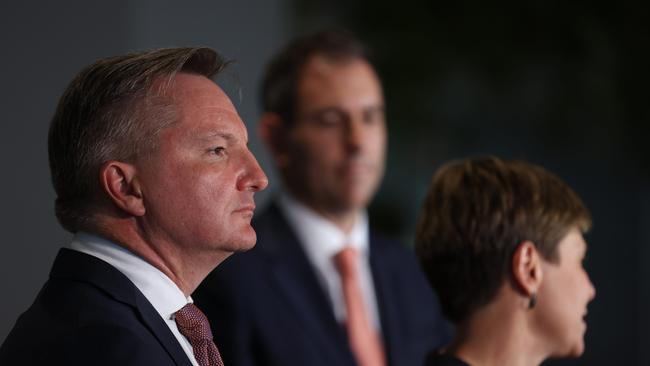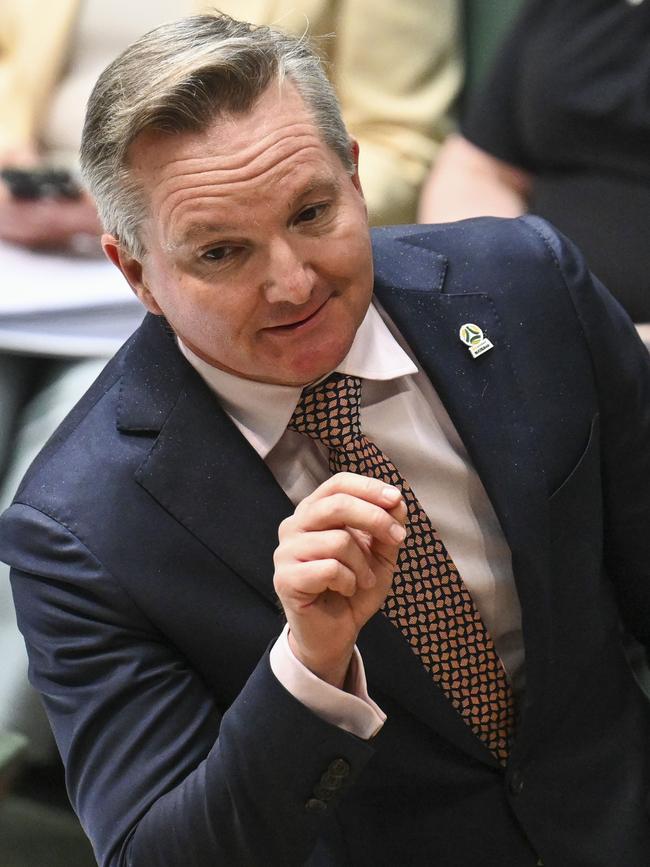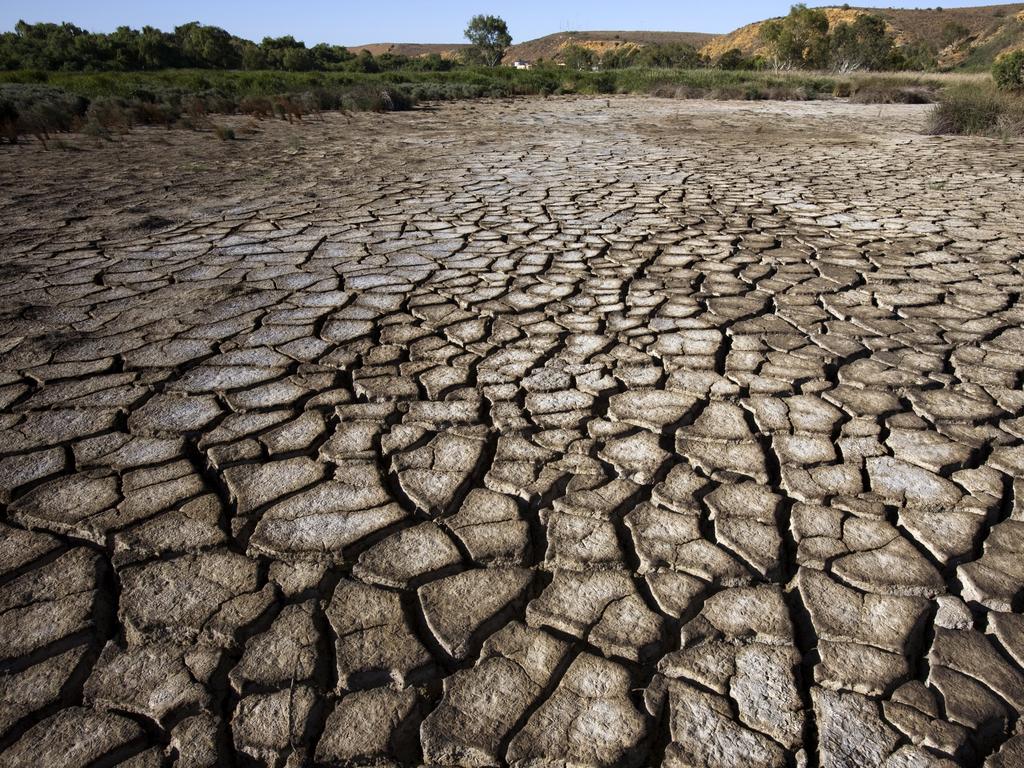Renewable energy costs not an exact science for CSIRO


On Wednesday, the CSIRO’s chief energy economist, Paul Graham, performed a valuable public service in acknowledging, in a letter published by The Australian, that the CSIRO’s GenCost report has some serious limitations.
For context, the GenCost report is probably the most important document in Australia’s energy transition; when activists, journalists and politicians argue that wind and solar are the “cheapest form of energy”, it is the GenCost report they wave to.
But last week in my column, I wrote that GenCost only shows that wind and solar are “cheapest” because the metric used does not include “full system costs”, ie, the cost of transmission lines, storage and other firming requirements.
This was confirmed by Graham’s response to my column, in which he wrote: “All existing generation, storage and transmission capacity up to 2030 is treated as sunk costs (sic) since they are not relevant to new-build costs in that year.” He also explained that the report “does not provide the cumulative cost of all investments up to 2030 because this is addressed in a separate project called the Integrated System Plan”.
Before we get to the Integrated System Plan – and what it does and does not include – we should commend Graham for clearing this up. Up until now there has been widespread confusion over what the GenCost report actually shows. The GenCost report indicates that renewables are hypothetically cheapest from 2030 onwards, but only if we do not account for the cost of firming and transmission infrastructure planned for construction between now and then. This finding is quite different from the claim that wind and solar are currently cheapest and will remain so after the full system is built.
One person who appears to have been confused in recent months is our own Energy Minister, Chris Bowen. In The Australian Financial Review on January 24, Bowen was quoted as saying that the draft GenCost 2022-23 report “shows firmed renewables, with transmission and storage, are the cheapest form of energy, and getting cheaper every day. That’s why the Albanese government has made huge investments in renewable energy, like Marinus Link in Tasmania and VNI West Link in Victoria”.
Again, GenCost’s modelling applies to hypothetical power prices from 2030 onwards – assuming all the infrastructure the Albanese government is currently investing in need not be accounted for. Is Chris Bowen aware of this? Has anybody told him?
Coming back to the Integrated System Plan – a document compiled by the Australian Energy Market Operator – it does not appear this document includes an estimate of the cumulative costs of renewable energy investments either.
Searching the AEMO’s 2022 ISP plan for “firming costs”, “full system costs”, “cumulative costs”, or “cumulative investments” returns zero results out of 104 pages.
According to data scientist Aidan Morrison, the ISP lacks a specific calculation for the full system costs of the proposed renewables system. Additionally, it does not compare these costs with any alternative technology pathway, such as coal, gas, or nuclear. The ISP’s closest approach is quantifying the benefits of what it calls a “least-cost development path” by comparing it to a “counterfactual”.
However, this counterfactual does not represent another credible, cost-effective technology such as coal, gas, or nuclear. Instead, it involves an alternative route to zero emissions that relies on offshore wind (the most expensive form of renewable energy) combined with carbon capture and storage.
In response, Morrison wrote on Twitter that: “If the ISP had run those alternative counterfactuals (of coal, gas, or nuclear), and made clear the total and relative costs of the ‘full-system’ to end consumers (which it buries), Graham’s buck-passing onto ISP would have a thread of merit. But as it stands, this is ridiculous.”

At this juncture, the Energy Minister may be questioned by the public and the opposition with the following inquiries: Has the Energy Minister read the GenCost report – and did he grasp its limitations? Is there an awareness that the claim stating “firmed renewables” are the “cheapest source of energy” lacks support from available evidence? If the claim is not based on evidence provided in the ISP and GenCost, what evidence does it rely upon?
But, in fairness to Bowen, the CSIRO has not been cautious in its communication around the limitations of its report either.
Last year, during an airing of the ABC’s Q+A program, the CSIRO tweeted: “Since 2018, GenCost has shown wind and solar are the cheapest forms of newly built electricity generation. This is true even when considering additional costs due to the variable nature of renewables. This includes the costs of energy storage and transmission.” To have been accurate, however, the tweet should have included the qualifiers “from 2030 onwards”, while “deducting those additional costs from the overall estimate”.
But inclusion of such caveats would rely on our national science agency communicating responsibly.
Claire Lehmann is founding editor of online magazine Quillette.







Communicating science to the public is not easy. Results from studies can easily be misinterpreted, and the outcomes of models can quickly change depending on the assumptions that underpin them. This is why responsible science communicators take care to include caveats and qualifications in their public statements, emphasising the limitations of scientific work.